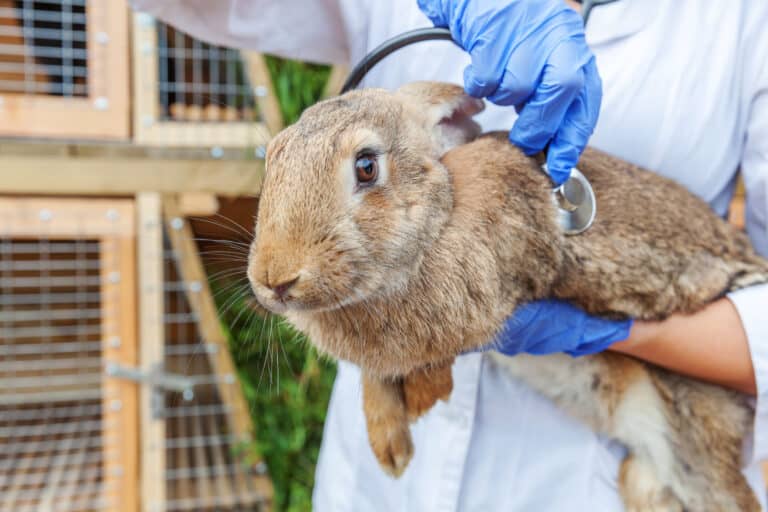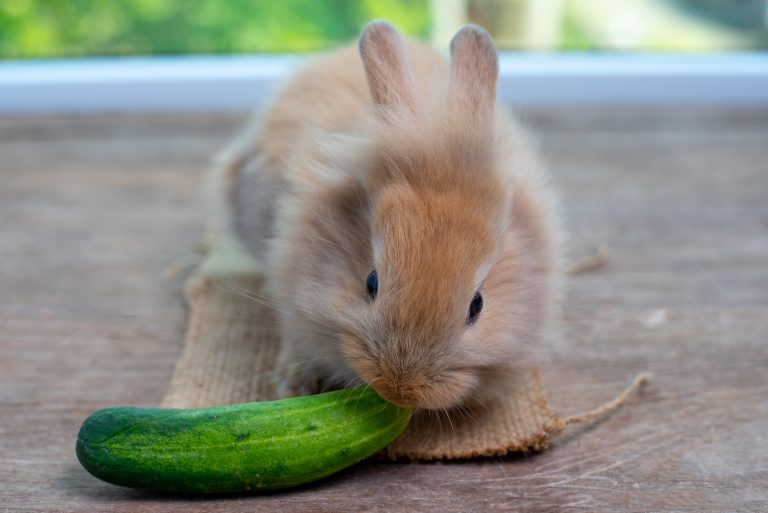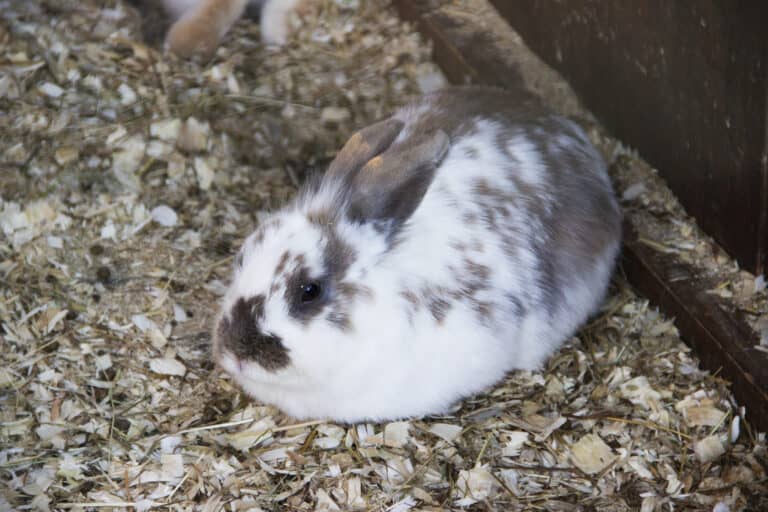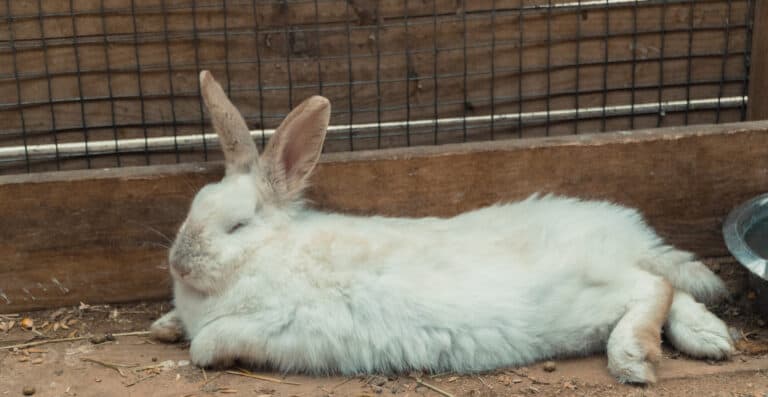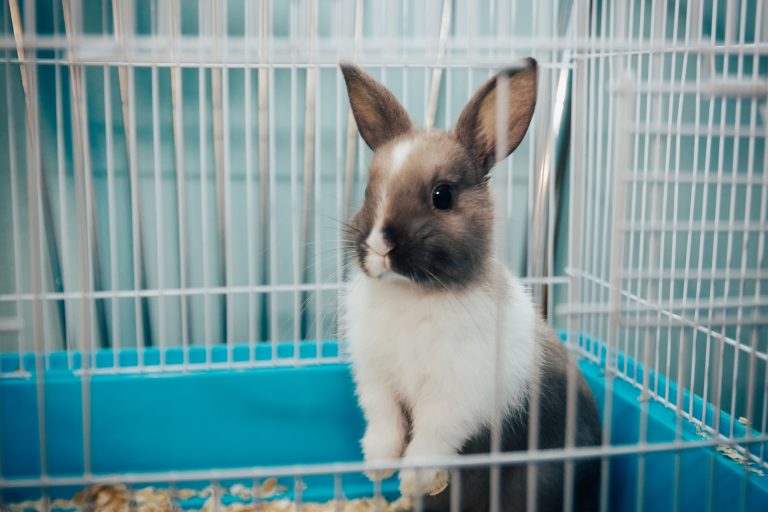How to Care for a Newborn Rabbit
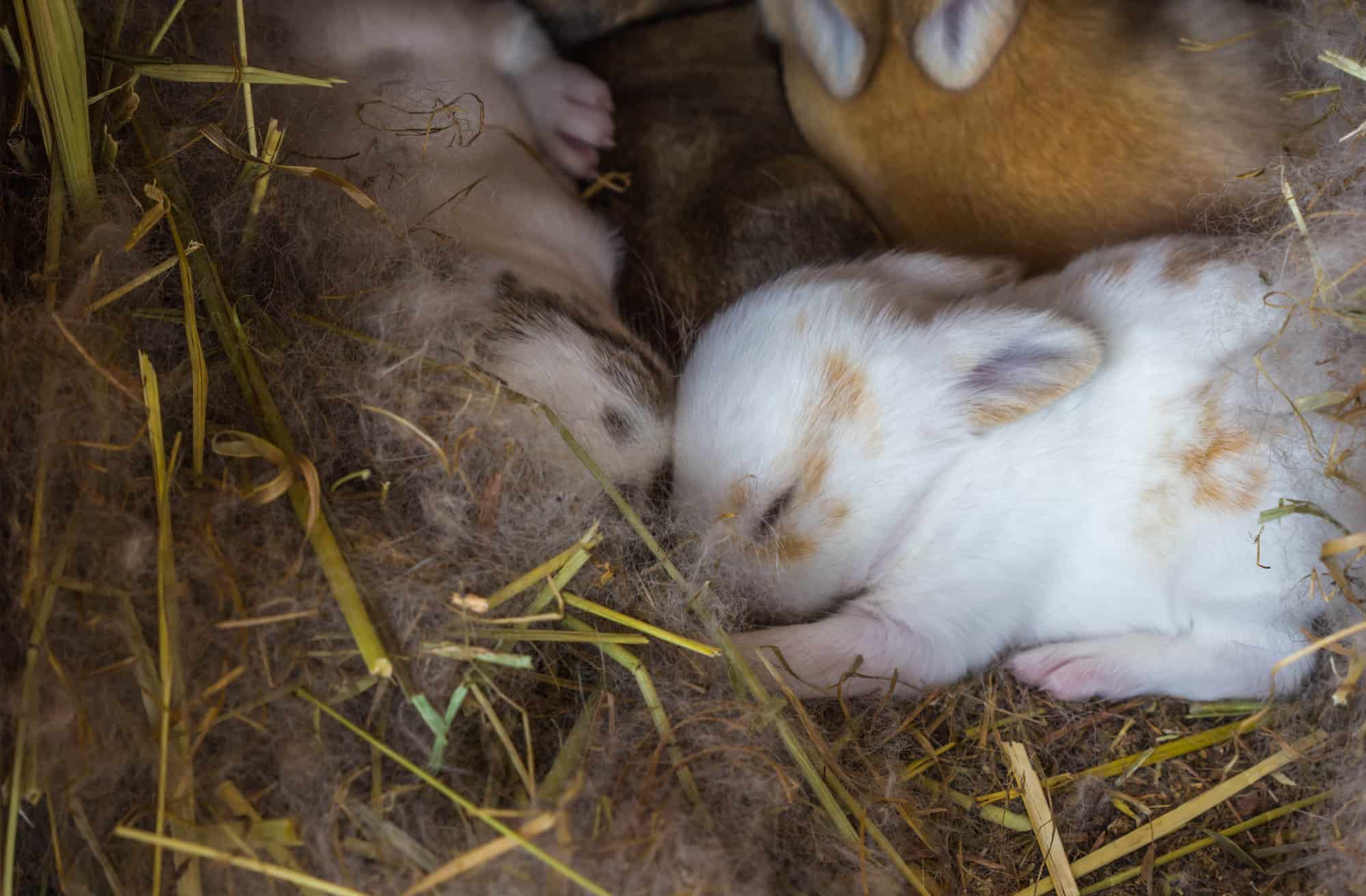
Discovering that your bun is pregnant can be an exciting time. If you’re a new rabbit parent, you’ll likely want to prepare for the arrival of those cute little bunnies. More often than not, you won’t have to do much for those babies as their mother will perform most of the work. Still, knowing how to care for a newborn rabbit (also called a kitten or kit) will come in handy in some situations.
This post contains affiliate links. Affiliate links support Every Bunny Welcome at no additional cost to you. I receive a commission if you choose to make a purchase through these links.
Why You Need to Know How to Care for a Newborn Rabbit?
As we said, in most instances, the mother bun will look after her kits. However, in some cases, you may have to care for the baby bunnies, such as when they’re orphaned or rejected by their mother. You’ll need to act fast because rabbits, especially newborns, can’t last long without food.
Be ready to look after the kits under the following circumstances.
- You discover a litter of wild baby bunnies: Sometimes, wild rabbits place their nests in visible places, such as a clump of bushes in your garden. However, don’t be quick to assume that the baby buns are abandoned. Mother rabbits don’t usually stay in the nest with their babies to avoid alerting predators to their presence. Starving baby buns have sunken tummies, shriveled bodies and will be cold to the touch. They will also be lethargic or will have difficulty moving around.
- The mother rabbit rejected her babies: In some instances, the female rabbit leaves her babies before they can survive on their own. Young, nervous moms are more prone to doing so.
- The mother rabbit dies: Some rabbits die due to birthing complications or ailments.
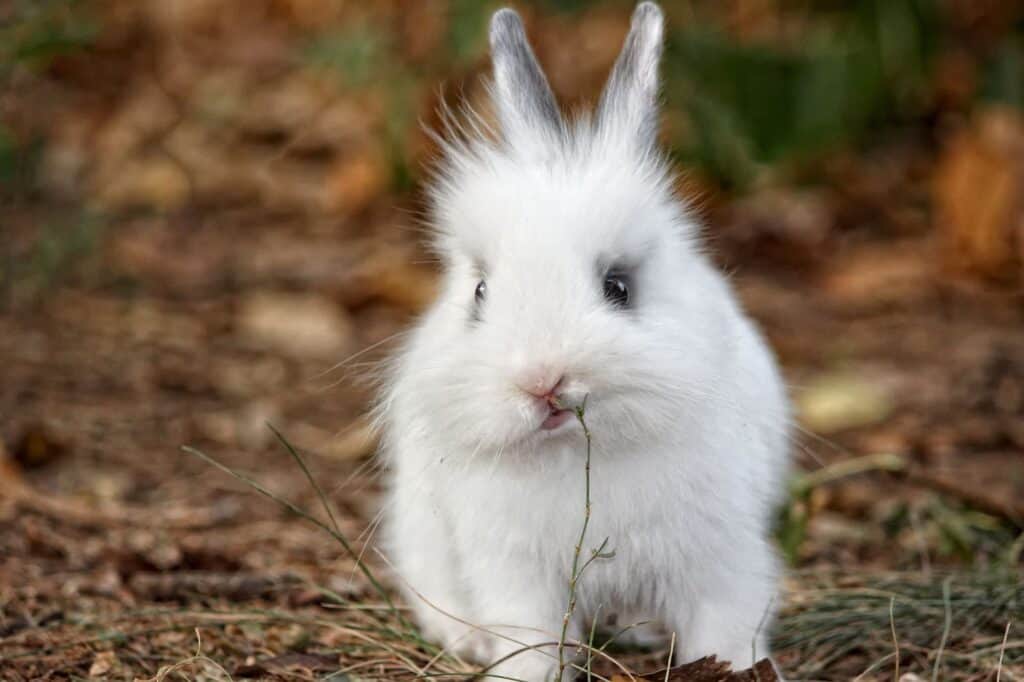
How to Care for a Newborn Rabbit
Newborn kits are delicate creatures that require gentle handling and lots of attention. Unfortunately, even if you provide them with the best care, they sometimes die suddenly, so be prepared for that harsh reality. That said, you can also increase their chances of survival by knowing what to do.
Set up a Nesting Box
The kits need a safe environment to live in. They will spend all their time in their nest for the first two weeks of their lives, so you’ll need to provide one. To build a nest, you can use a small box made of wood (9 x 15 inches is the recommended size). The sides should be at least 5 inches high to prevent the babies from falling out.
The newborn buns are born without fur, and they get cold easily, so provide them a source of heat, such as a bottle filled with warm (not hot) water. Line the bottom of the box with bedding material and cover these with a towel. Place the warm bottle under the towel.
Baby buns are sensitive to direct light, so place the nest in the shade and away from direct sunlight.
Feed the Baby Rabbits
If the mother rabbit isn’t around to provide milk, you’ll have to feed the little ones yourself. But not just any milk will do. Adult rabbits don’t drink milk, and the kits’ digestion can only process their mother’s milk. In an emergency, you can provide Kitten Milk Replacer (KMR). KMR is specially formulated for baby rabbits.
If the mother stays with her young, don’t be alarmed if you don’t see her nursing her babies. Mother rabbits feed their babies only once or twice a day, and the feeding sessions last about 3 minutes.
Their milk is calorie-dense, so the babies get all the nutrients they need despite the feeding duration. Simply provide the mother bun with plenty of fresh water and nutritious food so she can produce enough milk for her babies.
To determine if the mother is feeding her kits, examine the little ones every day. Check their bellies, which should be round and plump. They should also be wriggling bundles of energy. Weighing them will tell you if they’re gaining weight, which is a definitive sign of a well-fed baby rabbit.
Keep Their Surroundings Clean
The babies won’t be able to climb out of the box during the first weeks. That means they’ll eliminate inside the box. As such, you’ll have to clean the box daily to prevent odors and the risks of diseases. Take out the soiled bedding and towel and replace them with fresh ones daily.
Slowly Modify Their Diet
Around the two-week mark, the kits will start nibbling on the pellets their mother eats. However, they still need to drink milk until they’re 8 weeks old. During this period, the kits will gradually decrease their milk intake while increasing the amount of pellets they eat. Some baby buns start eating solid foods earlier than their siblings, but all the kits in the litter should be feeding on solids after 2 weeks.
Don’t wean them too soon, though. If their mother is around, let them nurse for the whole 8 weeks, so they get the antibodies from their mother’s milk. These antibodies will help promote a healthy immune system.
Avoid giving the little ones fresh veggies or greens to avoid tummy issues. Baby rabbits have sensitive digestions and can’t process veggies until they’re around 3 months old. Even then, you should introduce the food slowly and one at a time to determine which one agrees with them.
Their diet should include the following:
- Alfalfa hay: This contains more nutrients than Timothy Hay and other grasses.
- Pellets: Go for high-quality hay pellets and make sure they don’t contain other ingredients like dried fruits and seeds.
Handle the Baby Rabbits
Handling the rabbits when they’re young allows them to get accustomed to being touched. This helps turn them into tame adult buns who enjoy being held by their humans. But don’t be in a hurry to hold the kits. Wait until they’re fully weaned, around 8 weeks. Before then, they’re highly susceptible to illnesses and bacteria, which can lead to fatal consequences.
Wash your hands thoroughly before touching the baby bunnies to prevent the risks of diseases.
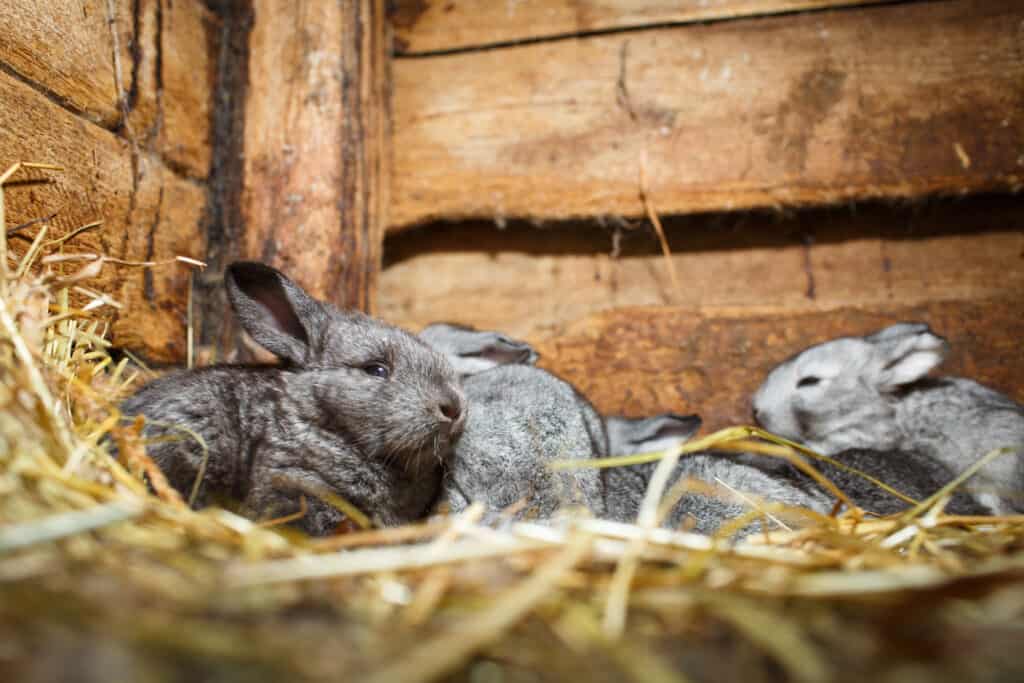
When Can the Baby Rabbits Leave Their Mother?
Baby rabbits can be separated from their mother when they’re 8 weeks old. Taking them away before that can harm the bunnies as they still need the antibodies from their mother’s milk.
If you hand-raised the kits without their mother, separate the young ones, especially those of opposite genders, from each other at the 8-week mark. Depending on their breed, rabbits can become sexually mature as early as 8 weeks old and may mate if allowed to stay together at that age.
Before the babies go to their new homes, take them to the vet for a check-up and the necessary shots. The bunnies should be neutered and spayed when they’re around 4 months old.
Now that you know how to care for a newborn rabbit, you can easily step in if your bun can’t do the job or you find abandoned wild rabbits who won’t survive without your assistance. Just remember how frail little bunnies are, so take all the precautions in looking after them. Consult a vet if you have questions or concerns about the baby rabbits.
We hope you enjoyed this post! If you did, will you give it a share or two 🙂 Thank you! ~from Every Bunny Welcome


